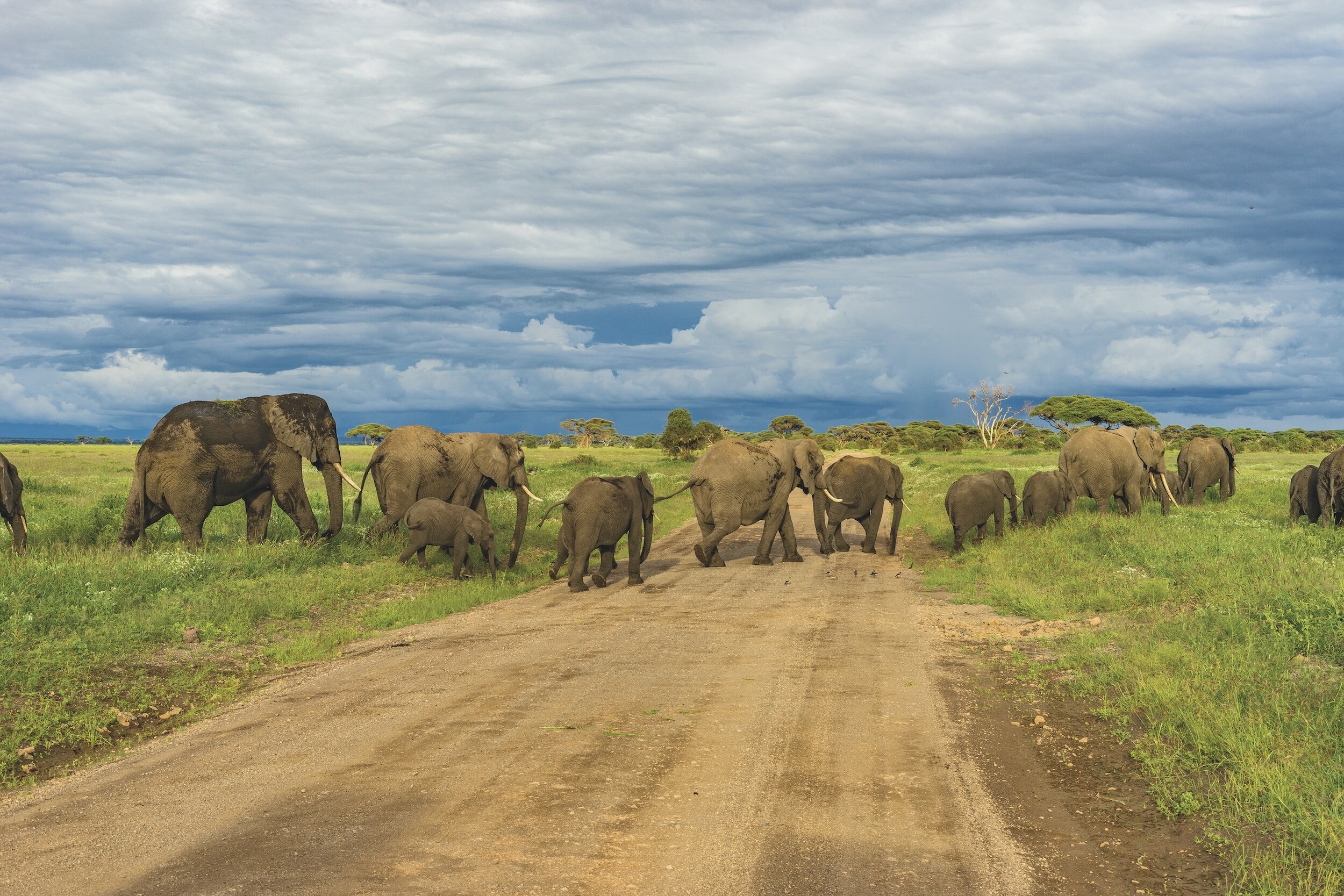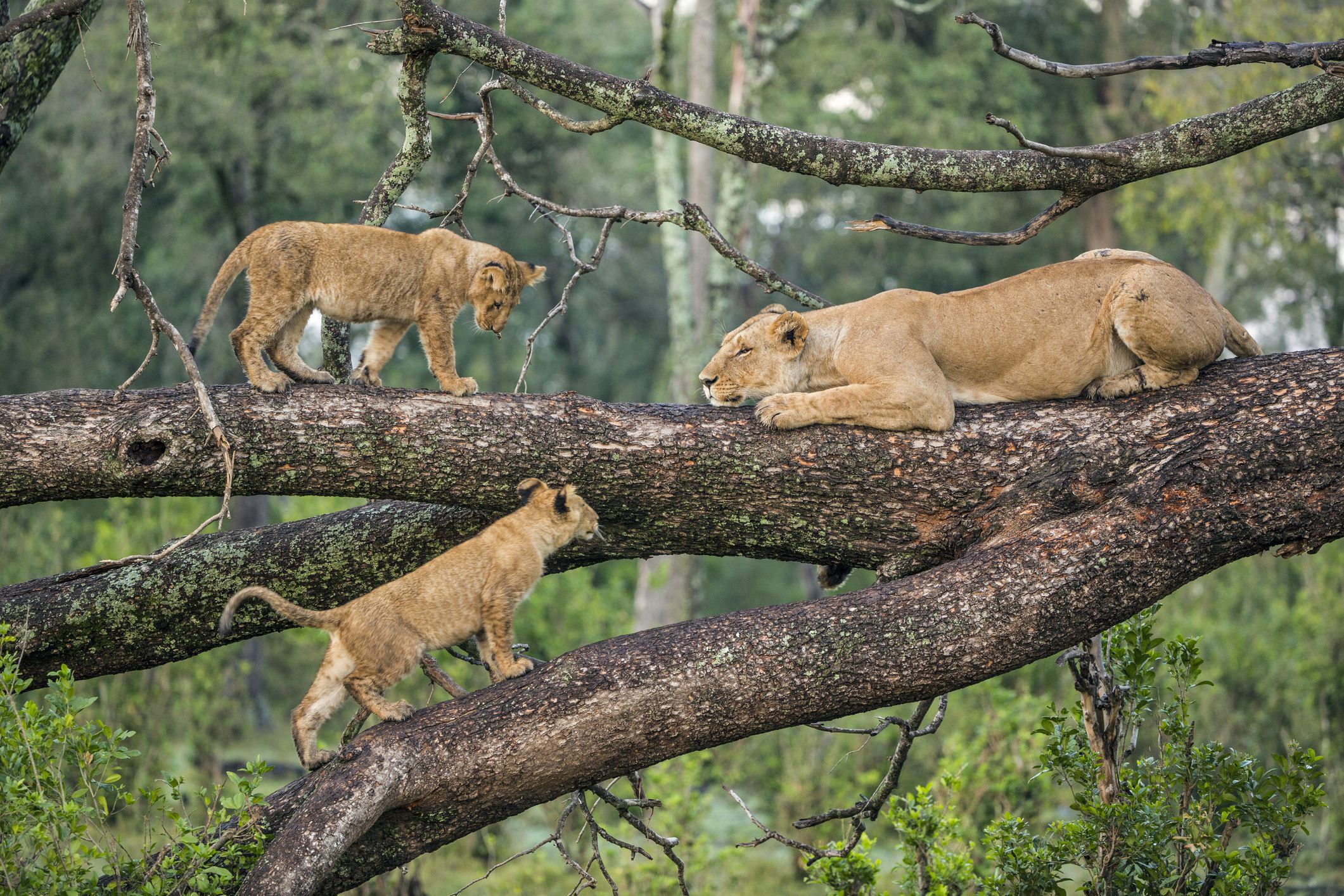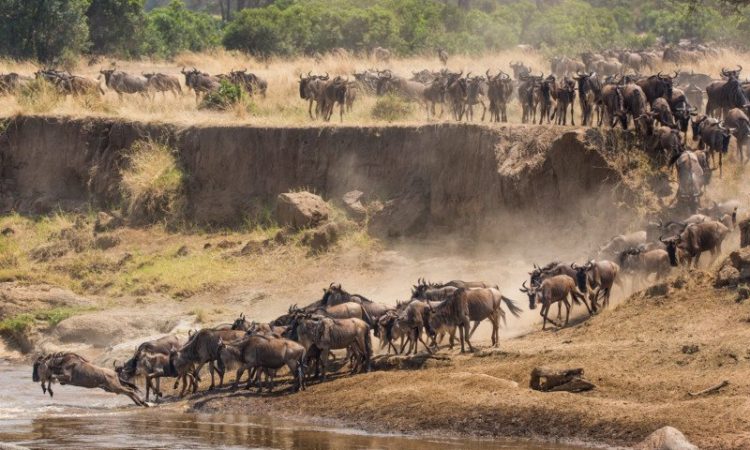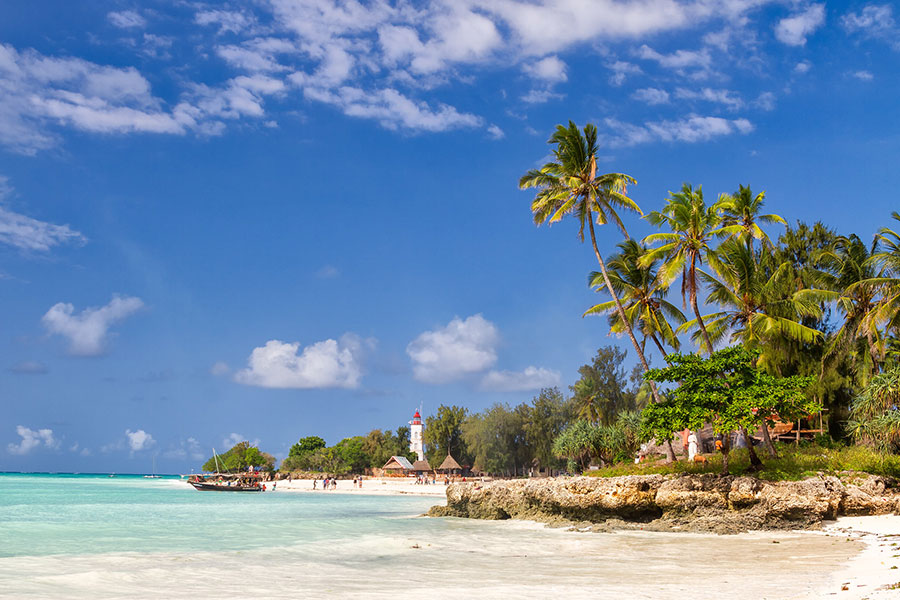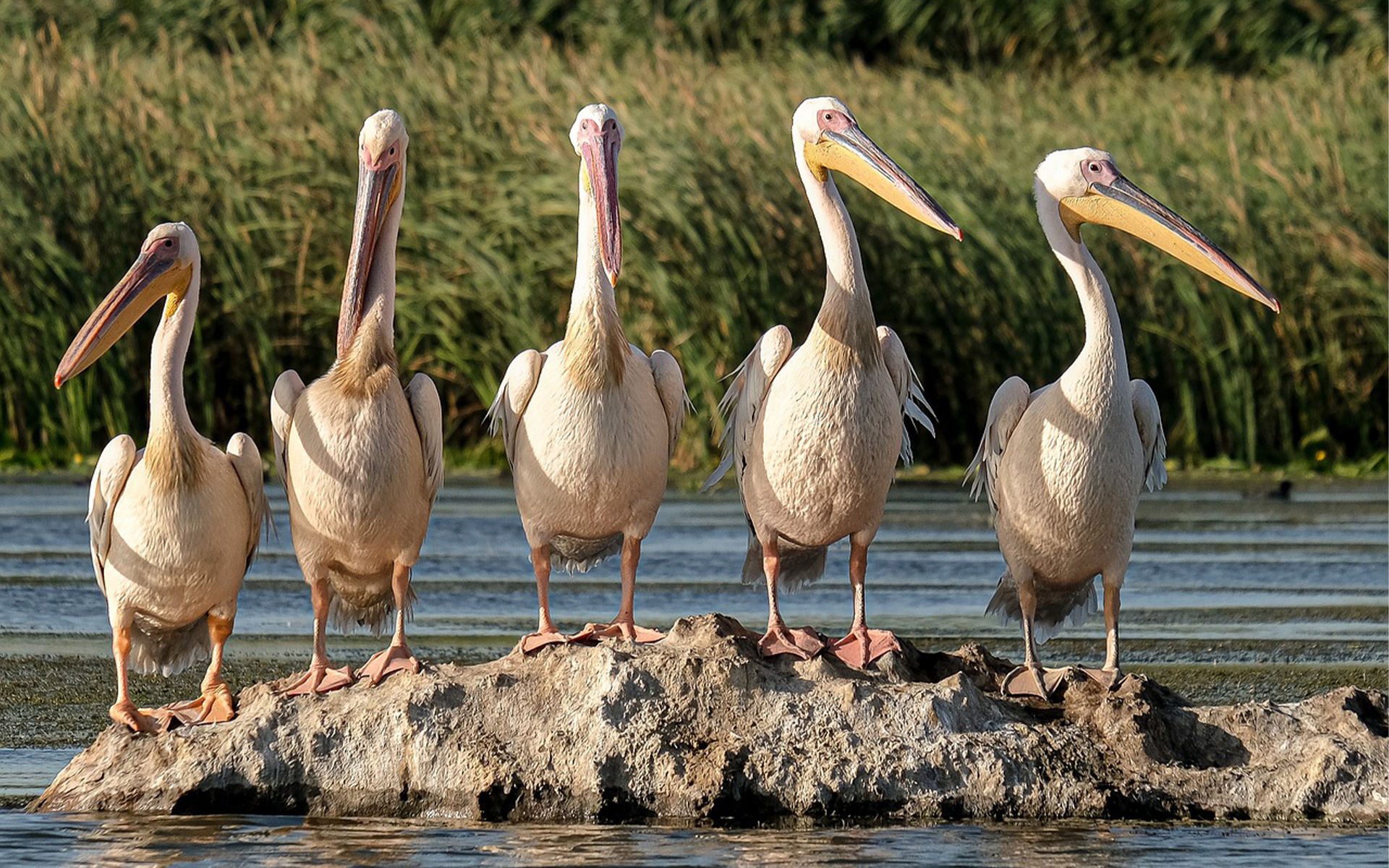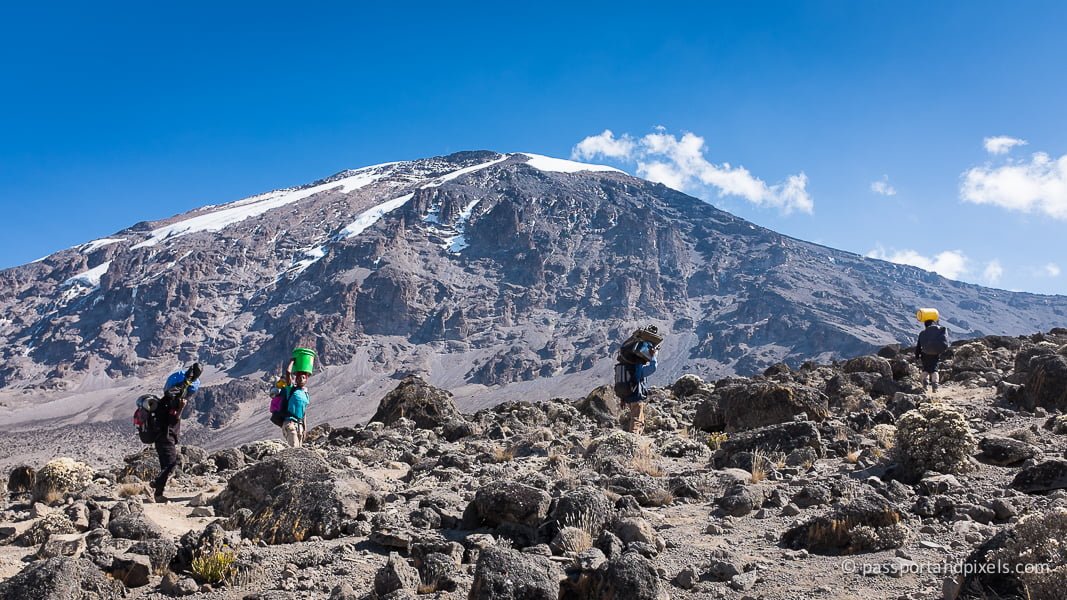
The Ultimate Guide to Climbing Mount Kilimanjaro
The Ultimate Guide to Climbing Mount Kilimanjaro
Climbing Mount Kilimanjaro, Africa’s highest peak, is a dream adventure for many. This iconic mountain, standing at 5,895 meters (19,341 feet), offers a challenging yet rewarding trek through diverse landscapes. Whether you’re an experienced mountaineer or a first-time hiker, our ultimate guide will help you prepare for the journey of a lifetime.
Why Climb Mount Kilimanjaro?
Mount Kilimanjaro is not just the tallest mountain in Africa; it’s also one of the most accessible mountains in the world for climbers of all levels. Unlike other peaks that require technical climbing skills, Kilimanjaro can be summited via several non-technical routes. Its stunning landscapes, from lush rainforests to barren alpine deserts, provide an unforgettable trekking experience.
Best Time to Climb Mount Kilimanjaro
The best times to climb Kilimanjaro are during the dry seasons: from June to October and December to February. These months offer clear skies, mild temperatures, and fewer rainstorms, making the climb more enjoyable. Avoid climbing during the long rainy season (March to May) when trails become slippery and visibility is poor.
- Weather: The weather varies with altitude. At the base, temperatures are tropical, but at the summit, temperatures can drop well below freezing, especially at night. Be prepared for extreme weather changes.
Climbing Routes on Kilimanjaro
Mount Kilimanjaro has several routes to the summit, each offering a unique experience. Here are the most popular routes:
- Machame Route: Often referred to as the "Whiskey Route," this is one of the most popular routes due to its scenic beauty and higher success rate. It takes about 6-7 days to summit, offering enough time for acclimatization.
- Marangu Route: Known as the "Coca-Cola Route," this is the easiest route and the only one with hut accommodations. It’s a 5-day trek but has a lower success rate due to less time for acclimatization.
- Lemosho Route: This route is considered one of the most scenic, taking 7-8 days to summit. It’s a longer trek, providing more time for acclimatization and a higher chance of reaching the summit.
- Rongai Route: The only route that starts from the north, this is a quieter trek with beautiful views and a 6-day itinerary.
- Northern Circuit: The newest and longest route (8 days), offering excellent acclimatization and a more solitary experience compared to the other routes.
Preparing for the Climb
Climbing Kilimanjaro requires proper physical and mental preparation. Here’s how to get ready for the trek:
- Physical Fitness: While you don’t need to be an expert climber, physical fitness is essential. Cardiovascular exercises, like hiking, running, or cycling, will improve your stamina. Aim for hikes with elevation gain to prepare your body for the altitude.
- Mental Preparation: Summiting Kilimanjaro is as much a mental challenge as a physical one. The trek can be exhausting, and you’ll need to stay motivated, especially when fatigue sets in. Visualization techniques, a positive attitude, and teamwork will help you persevere.
- Altitude Acclimatization: Kilimanjaro’s high altitude can cause altitude sickness, so acclimatization is crucial. Plan to spend an extra day or two at higher altitudes to give your body time to adjust.
What to Pack for Kilimanjaro
Packing for Kilimanjaro requires careful planning to ensure you have the necessary gear while keeping your load light. Here’s what you’ll need:
- Clothing: Layered clothing is essential. Bring moisture-wicking base layers, a warm fleece or down jacket, waterproof outer layers, and a hat and gloves for the summit.
- Footwear: Sturdy, waterproof hiking boots with good ankle support are essential.
- Sleeping Bag: A sleeping bag rated for cold weather (down to -10°C or 14°F) is necessary for the high-altitude conditions.
- Other Essentials: Sunglasses, sunscreen, a headlamp, water bottles, trekking poles, and personal medications.
Climbing Kilimanjaro: The Trek
The trek to the summit of Mount Kilimanjaro typically takes 5-9 days, depending on the route. Here’s a general overview of the climb:
- Day 1-2: Begin your journey from the base of Kilimanjaro, passing through dense rainforests. You’ll likely see monkeys, exotic plants, and birds as you ascend.
- Day 3-4: As you reach higher altitudes, the landscape changes to alpine meadows and desert-like terrain. The air becomes thinner, so it’s essential to take your time and hydrate.
- Day 5-6: Reaching the summit of Kilimanjaro, known as Uhuru Peak, is the ultimate goal. The final ascent can be grueling, often starting in the early hours to catch the sunrise at the summit. Once at the top, you’ll be rewarded with breathtaking views of the surrounding landscape.
Safety Tips
- Hydrate Well: Proper hydration is essential to prevent altitude sickness and dehydration.
- Listen to Your Guide: Experienced guides will monitor your health and pace, ensuring the climb is safe.
- Take It Slow: Proper acclimatization is key. Don’t rush your ascent to the summit.
Climb Kilimanjaro with Confidence
Climbing Mount Kilimanjaro is a life-changing adventure that combines physical challenge, natural beauty, and the thrill of reaching the summit. With the right preparation, mindset, and experienced guides, you can conquer this iconic peak and enjoy the sense of accomplishment that comes with standing atop Africa’s highest mountain.

